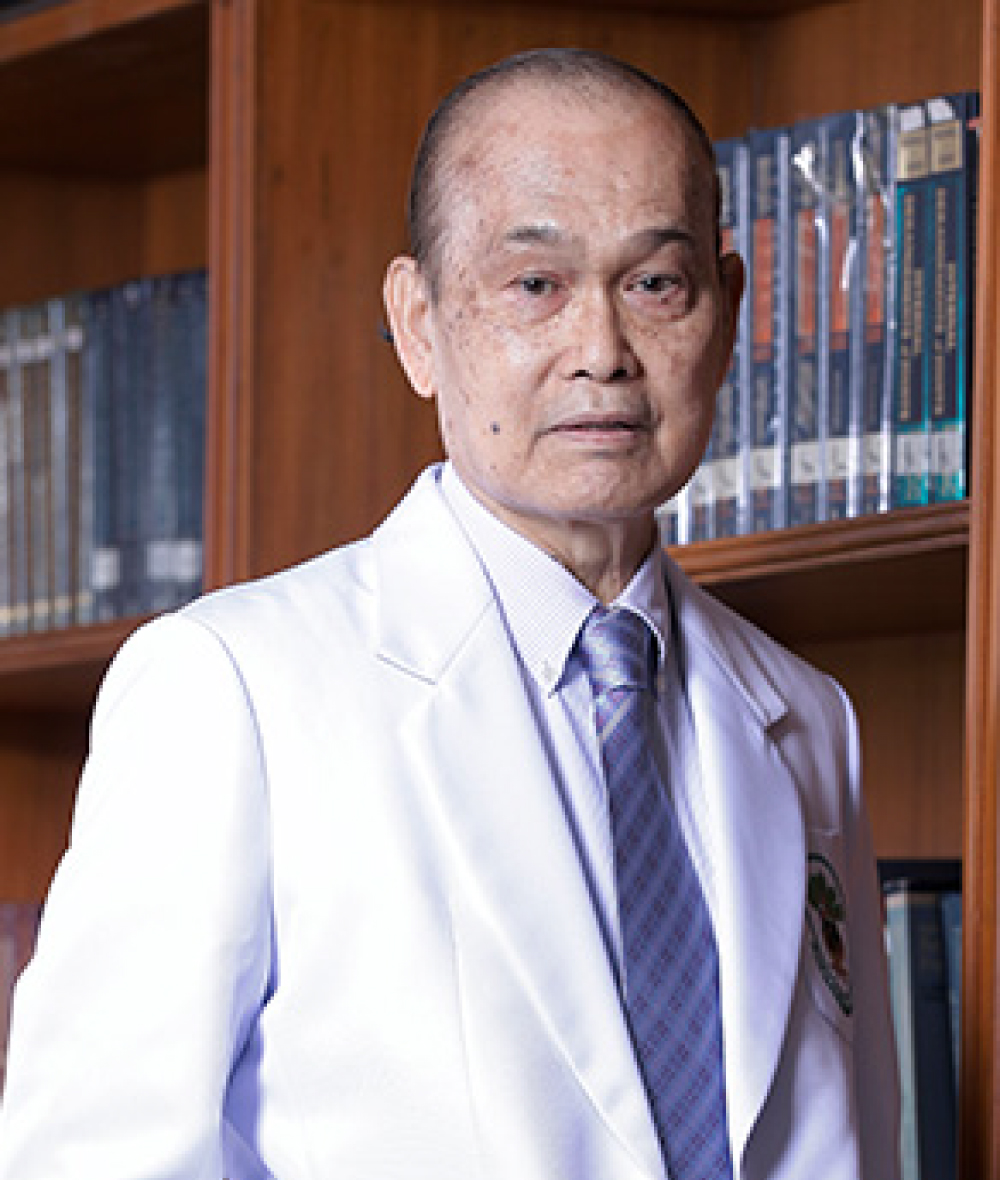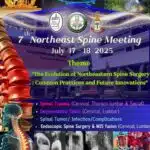educational record
- 2506 Doctor of Medicine (Siriraj)
- 1969-1972 Orthopedic Residency Training at Case Western Reserve University, USA
- 2515 Diplomate American Board Orthopedic Surgery, Case Western Reserve University, USA
- 1973 Spine Fellow, Case Western Reserve University, USA
- 2517 Approved certificate of expertise in Orthopedic Surgery, Medical Council
- 1975 Fellow of American College of Surgery (FACS)
In 1973, at Case Western Reserve University, he was the first spine fellow of Professor Henry Bohlman, bringing his knowledge of spine surgery, especially cervical spine injury and degenerative spine, to treat patients and teach medical residency students.
He founded the spinal unit in 1995, which was the first in Southeast Asia.
and held the position of Head of the Department of Orthopaedic Surgery, Siriraj Hospital, 1996-1998, laid the foundation for resident training and emphasized seniority and unity in the department.
Important academic works
- Posterolateral Lumbar Fusion for Degenerative Spondylolisthesis: Experiences of a Modified Technique without Instrumentation A Unnanuntana. J Med Assoc Thai. 1997
- Anterior decompression and fusion for cervical spondylotic myelopathy A Unnanuntana. J Med Assoc Thai. 1998
- A book on things you should know about the spine
Interview 25 Jan 64
Professor Amnuay is one of the most experienced spine surgeons in the country and has many students who study with him all over the country. He talked about the overall picture and ideas of spine surgery to the next generation of spine surgeons as follows:
“The principle of spine surgery is to preserve the structure of the spine as much as possible, taking into account motion, stability, and revision later.”
Such as
- Ligament, muscle, facet joint must be preserved. If all are removed, it will lose strength.
- After surgery, you need to exercise your muscles to build strength, not just wear the steel.
- Unnecessary disc surgery and insertion of metal rods, or unnecessary long-term metal surgery will cause loss of motion and in a few years the next joint will degenerate.
- Put the steel in. Once the bone is attached, in the long term there will be metallosis, the flesh will turn black, there will be a painful reaction and then it must be taken off.
- If surgery is performed on both the front and back, revision time will be difficult.
Nowadays, I have fewer cervical spine surgery because in cases where the pain is from cervical spine degeneration and then fusion is performed, the level will be similar and the pain will return. Surgery will be performed in cases where the cord is pressed or the disc ruptures and the nerve root is pressed. Otherwise, conservative surgery is effective. Spine surgery requires at least 10 years to see the results. In the past, the surgery was performed to fuse the back, then the front, then PL fusion, and finally circumferential, and then it goes back in circles. It takes a long time to see the results.
Nowadays, there is new technology that helps, but the skills and surgical principles are still the same, they have not changed, just like what was taught when I was at Siriraj.
“It took me 10 years to get a spine surgery and be able to sleep, before I became skilled and saw results.”





